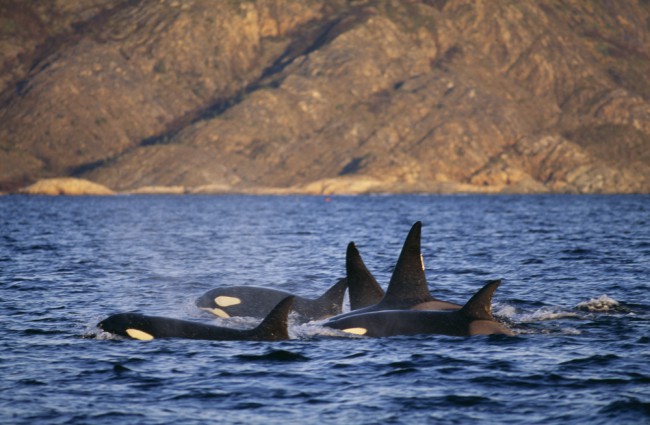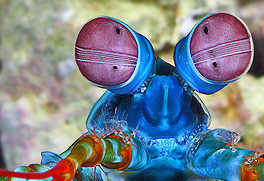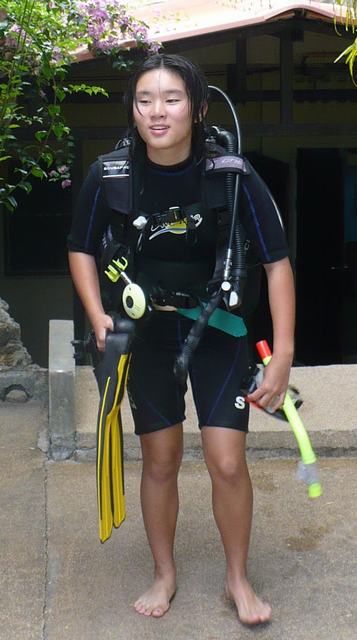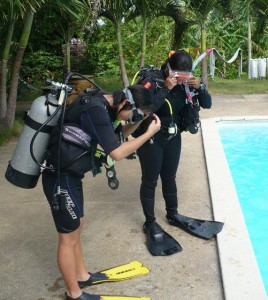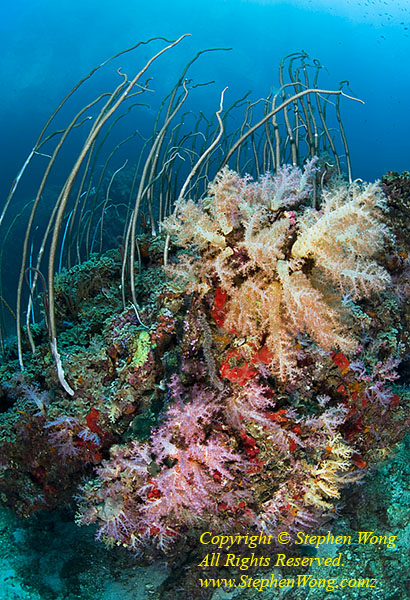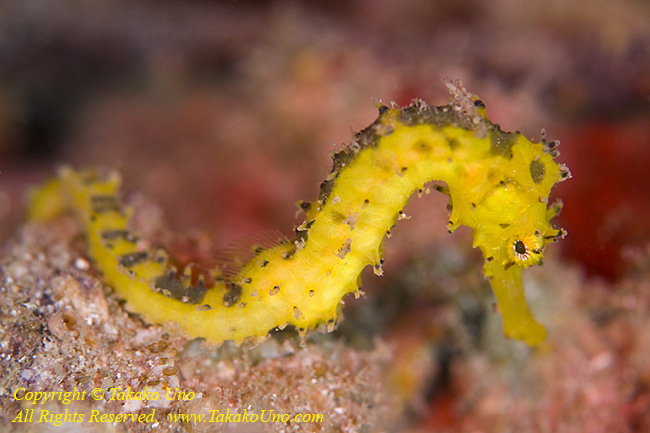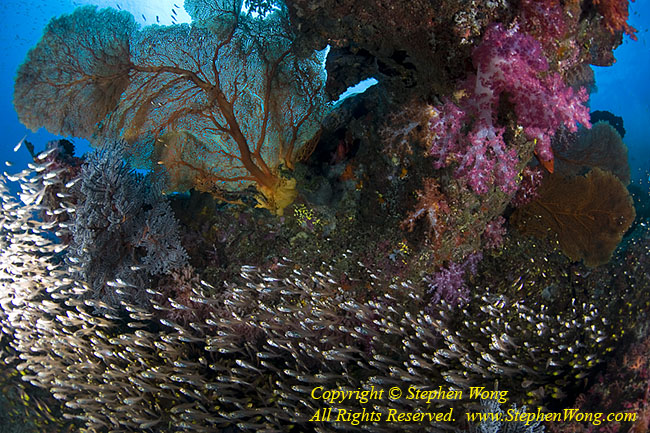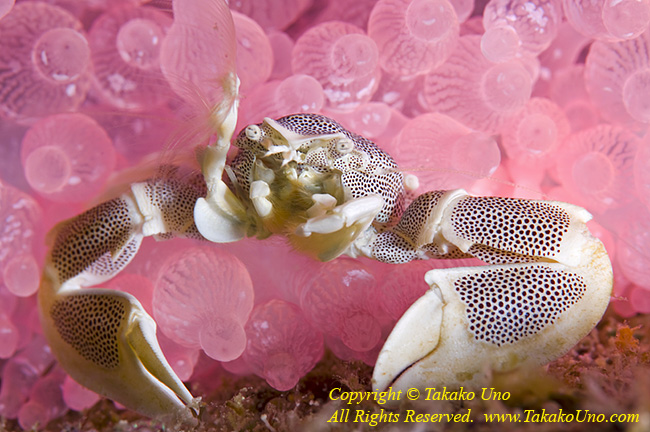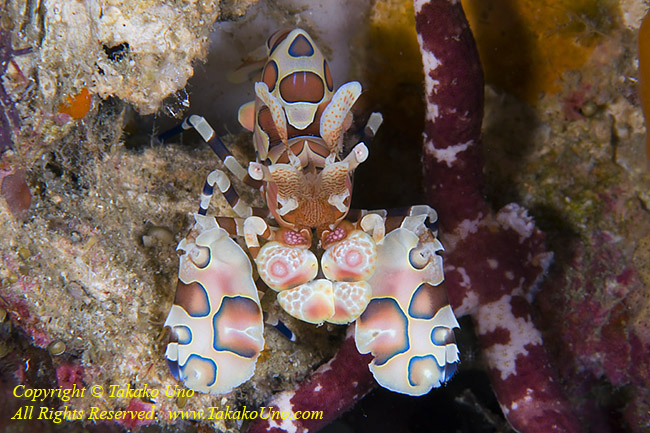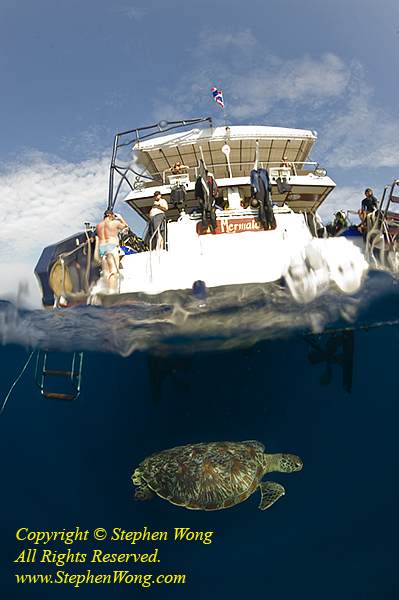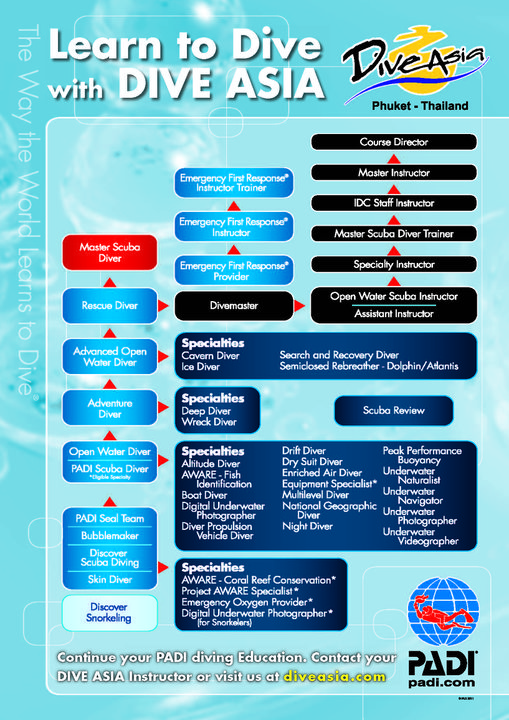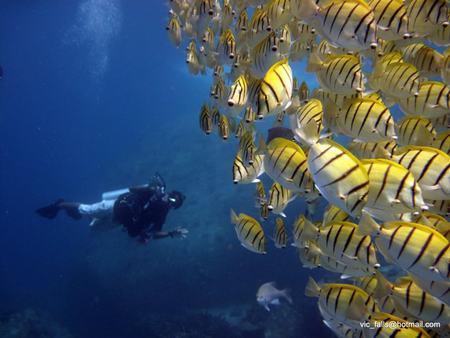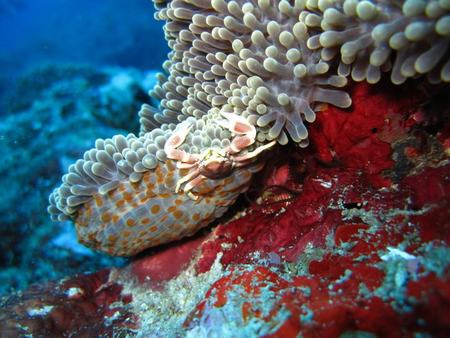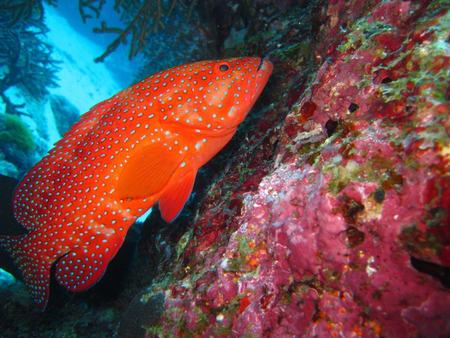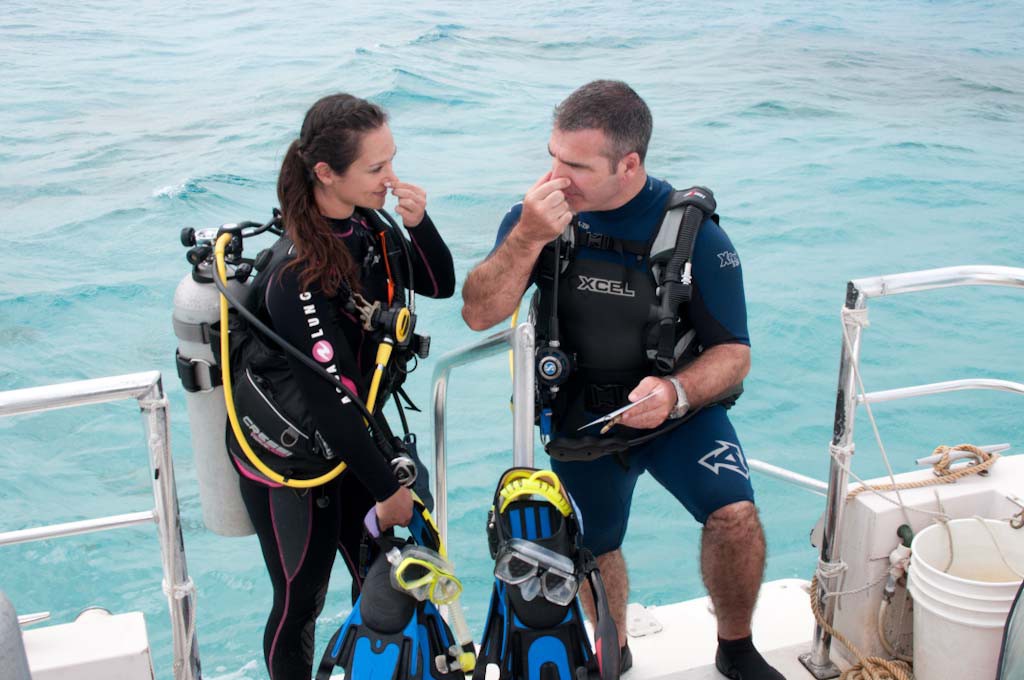
Featured from DAN (Divers Alert Network)
Middle-ear equalization is a basic, required diver skill that enables the equalization of the pressure in the sinuses and middle-ear spaces with ambient pressure. Here are 10 tips for easy equalizing:
1. Listen for the “pop”
Before you even board the boat, make sure that when you swallow you hear a “pop” or “click” in both ears. This tells you both Eustachian tubes are open.
2. Start early
Several hours before your dive, begin gently equalizing your ears every few minutes. “This has great value and is said to help reduce the chances of a block early on descent,” says Dr. Ernest S. Campbell, webmaster of “Diving Medicine Online.” “Chewing gum between dives seems to help,” adds Dr. Campbell.
3. Equalize at the surface
“Pre-pressurizing” at the surface helps get you past the critical first few feet of descent, where you’re often busy with dumping your BCD and clearing your mask. It may also inflate your Eustachian tubes so they are slightly bigger. The guide here is to pre-pressurize only if it seems to help you and to pressurize gently.
4. Descend feet first
Air tends to rise up your Eustachian tubes, and fluid-like mucus tends to drain downward. Studies have shown a Valsalva maneuver requires 50% more force when you’re in a head-down position than head-up.
5. Look up
Extending your neck tends to open your Eustachian tubes.
6. Use a descent line
Pulling yourself down an anchor or mooring line helps control your descent rate more accurately. Without a line, your descent rate will probably accelerate much more than you realize. A line also helps you stop your descent quickly if you feel pressure, before barotrauma has a chance to occur.
Middle-ear equalization is a basic, required diver skill that enables the equalization of the pressure in the sinuses and middle-ear spaces with ambient pressure. Here are 10 tips for easy equalizing:
Pulling yourself down an anchor or mooring line helps control your descent rate more accurately. Without a line, your descent rate will probably accelerate much more than you realize. A line also helps you stop your descent quickly if you feel pressure, before barotrauma has a chance to occur.
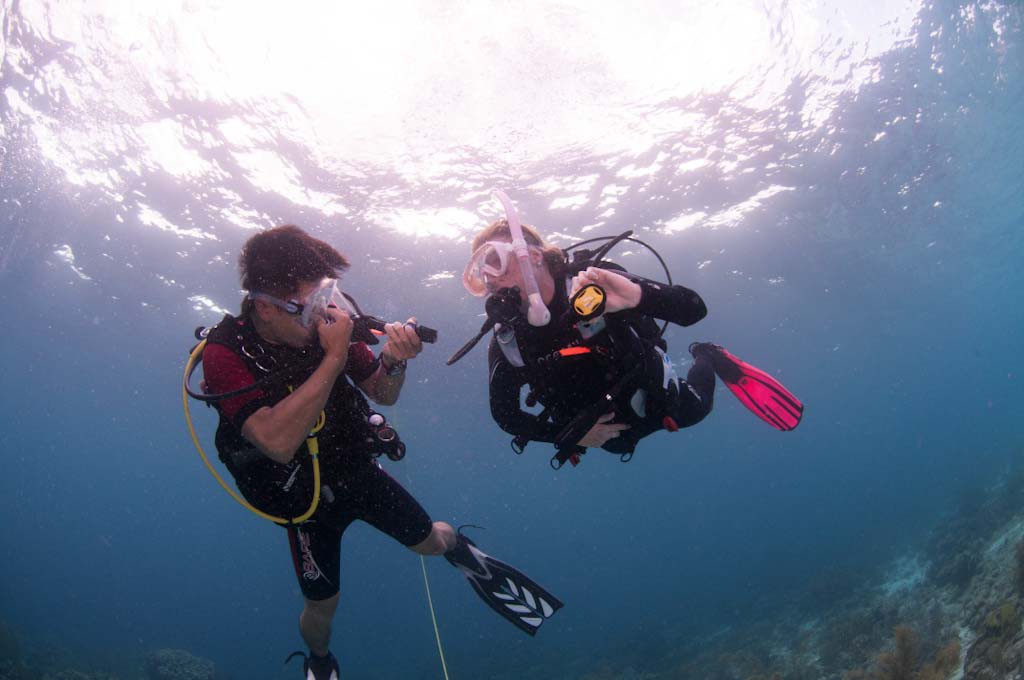
7. Stay ahead
Equalize often, trying to maintain a slight positive pressure in your middle ears.
8. Stop if it hurts
Don’t try to push through pain. Your Eustachian tubes are probably locked shut by pressure differential, and the only result will be barotrauma. If your ears begin to hurt, ascend a few feet and try equalizing again.
9. Avoid tobacco and alcohol
Both tobacco smoke and alcohol irritate your mucus membranes, promoting more mucus that can block your Eustachian tubes.
10. Keep your mask clear
Water up your nose can irritate your mucus membranes, which then produce more of the stuff that clogs.
Practice Makes Perfect:
Divers who experience difficulty equalizing may find it helpful to master several techniques. Many are difficult until practiced repeatedly, but this is one scuba skill you can practice anywhere. Try practicing in front of a mirror so you can watch your throat muscles. For a list of methods used to equalize your ears, check out this DAN blog on How To Equalize Your Ears.
To learn more, please visit www.DAN.org/Health to view the Smart Guide on Equalizing


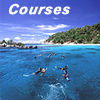
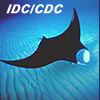

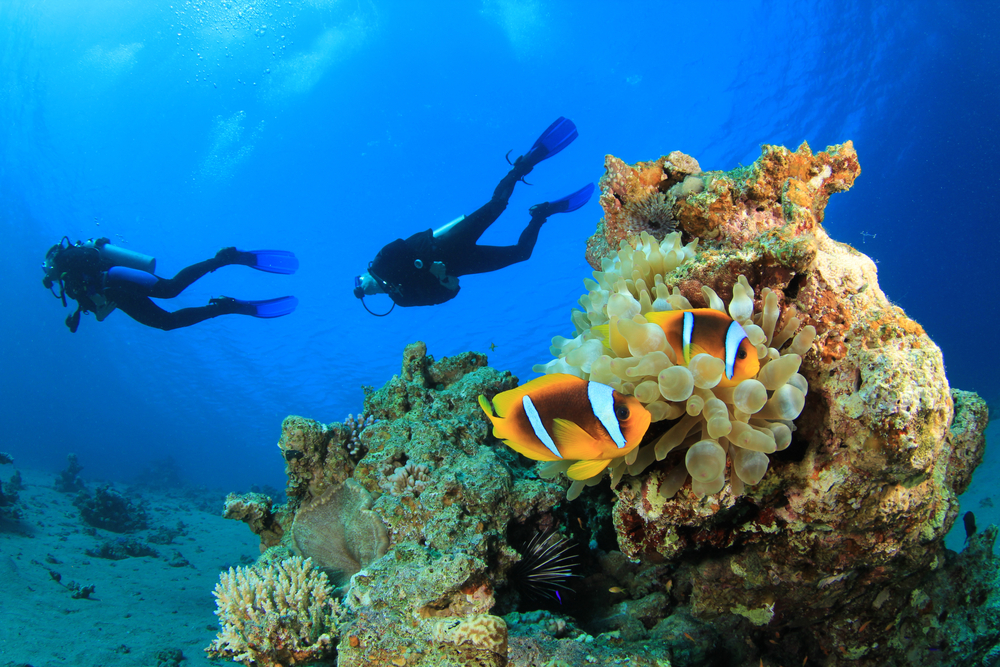
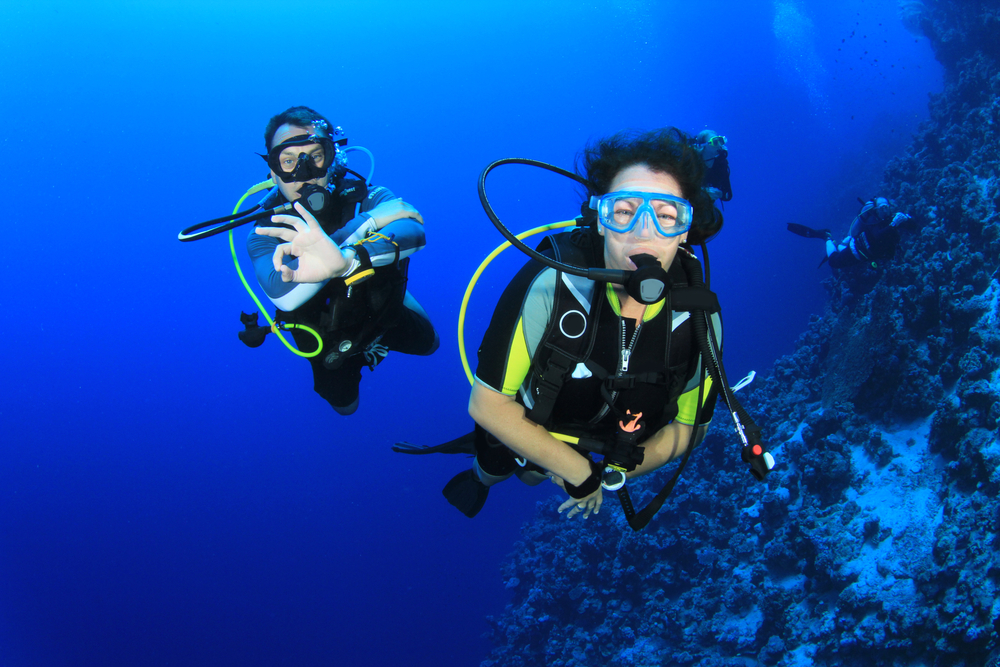
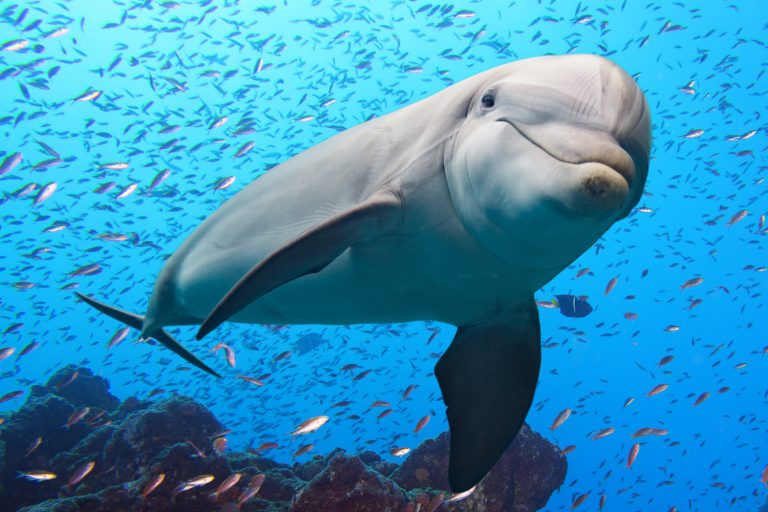
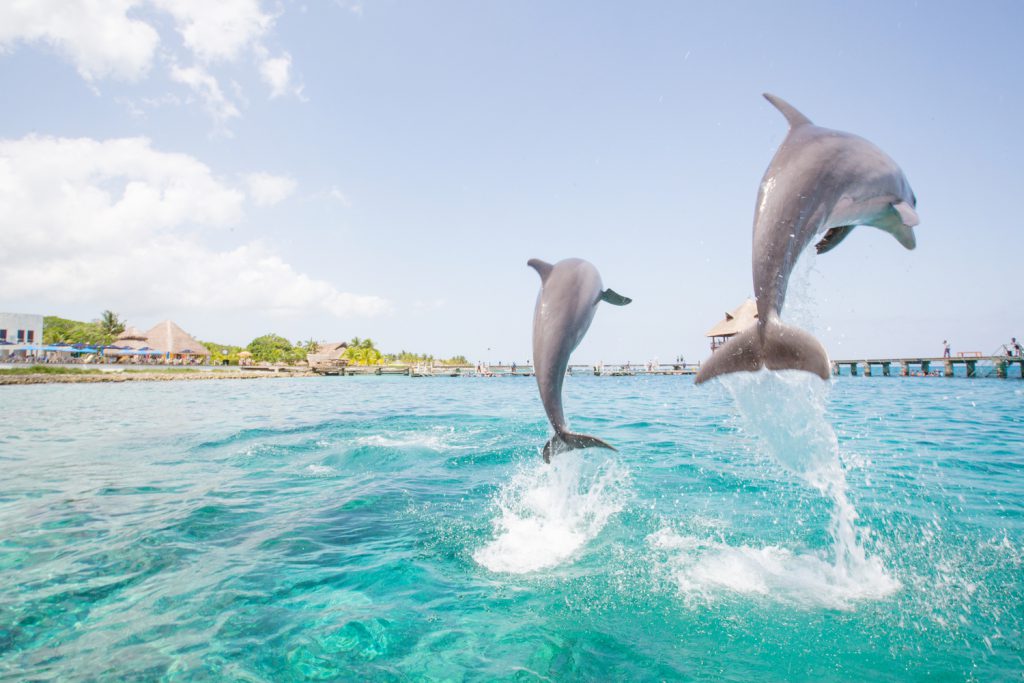 Dolphins don’t use their teeth to chew
Dolphins don’t use their teeth to chew